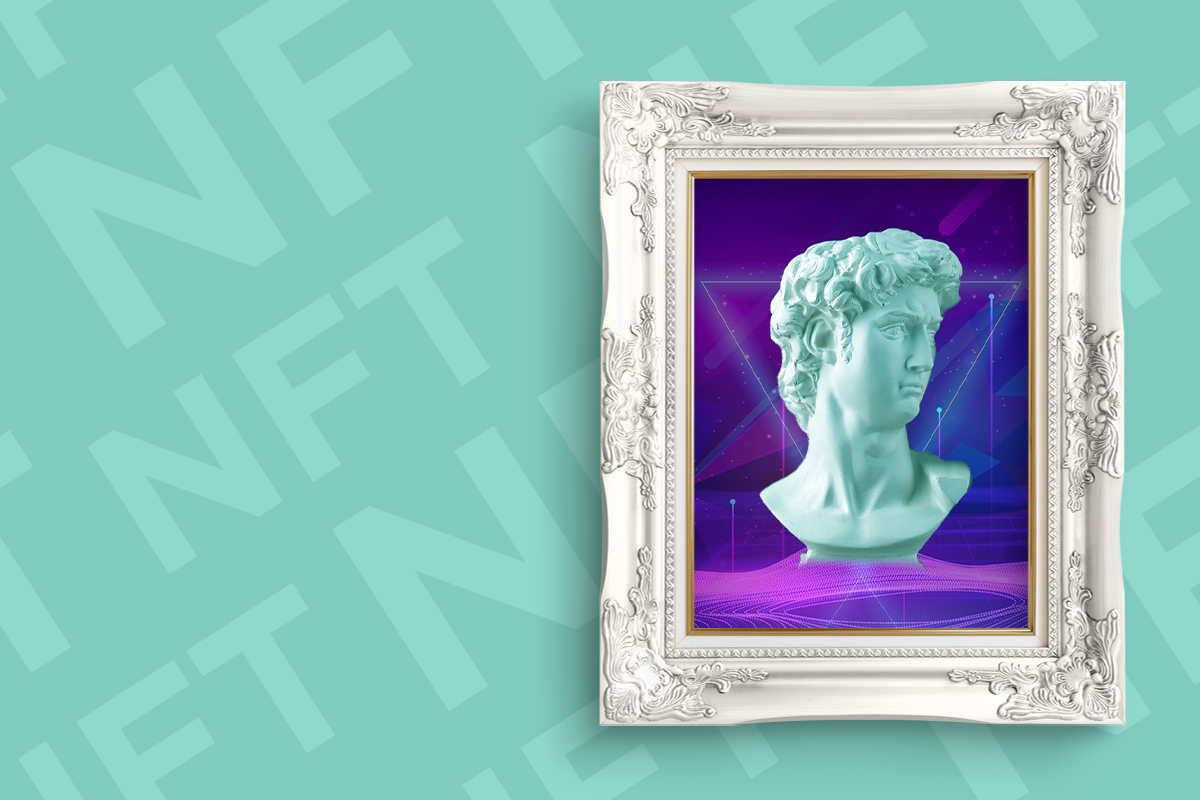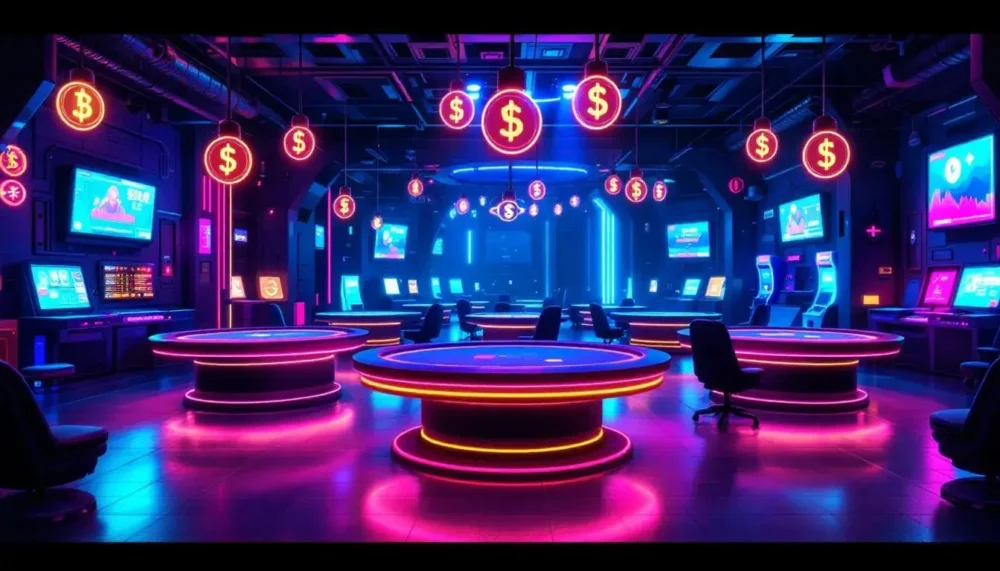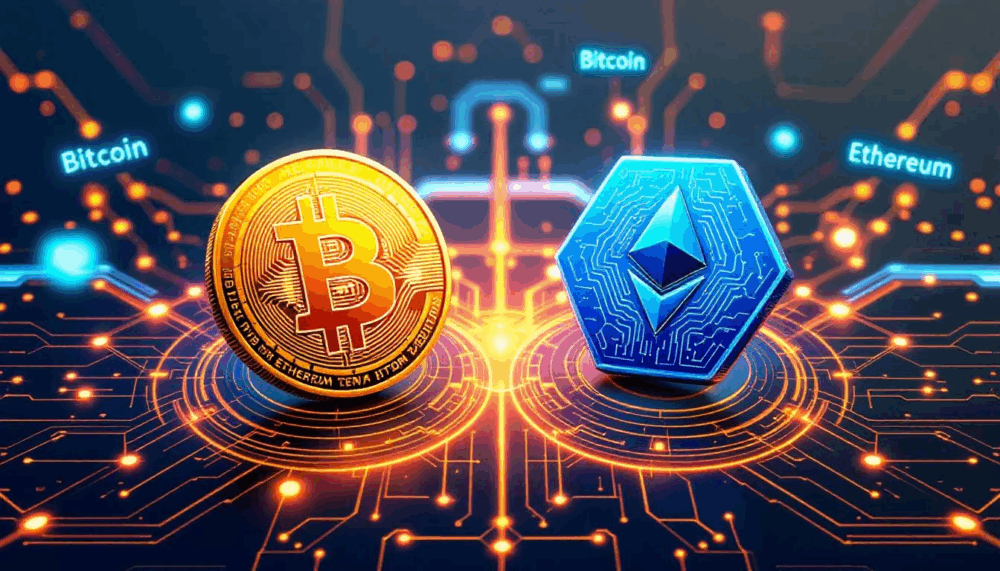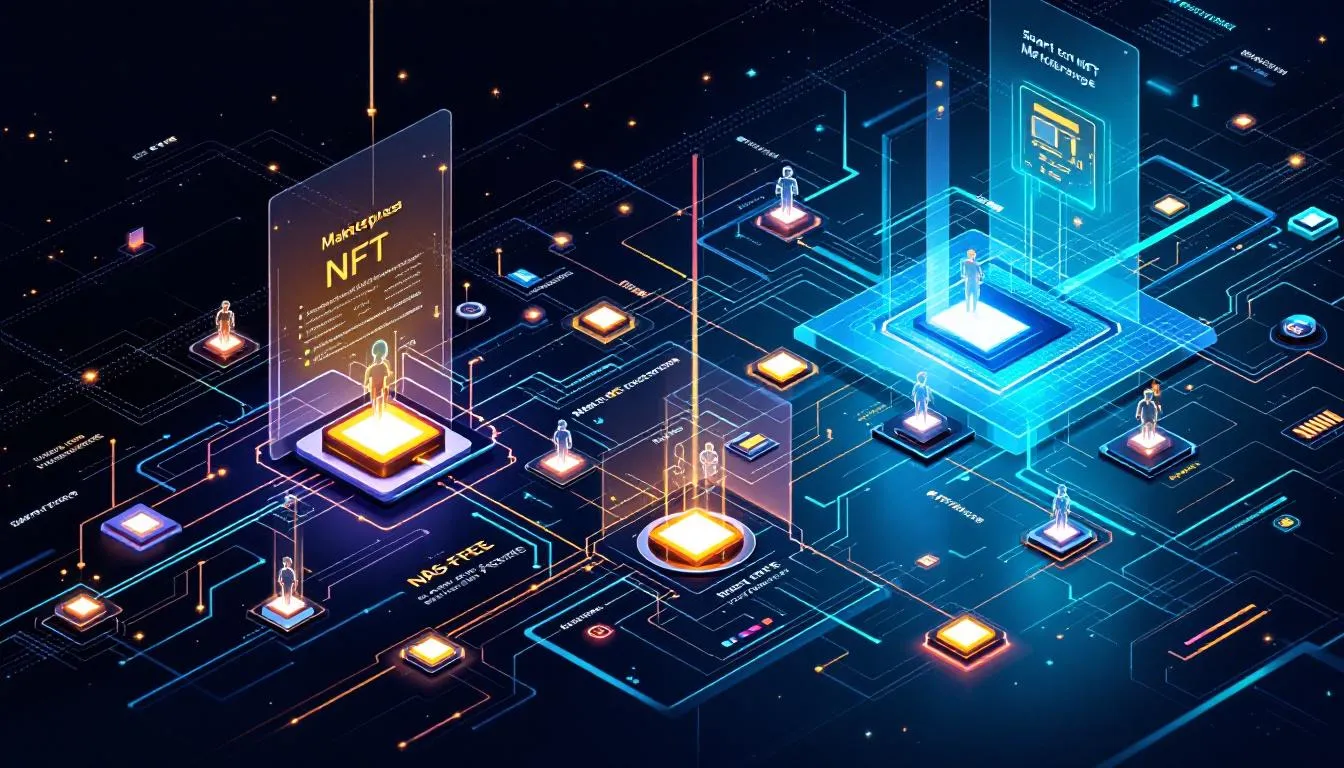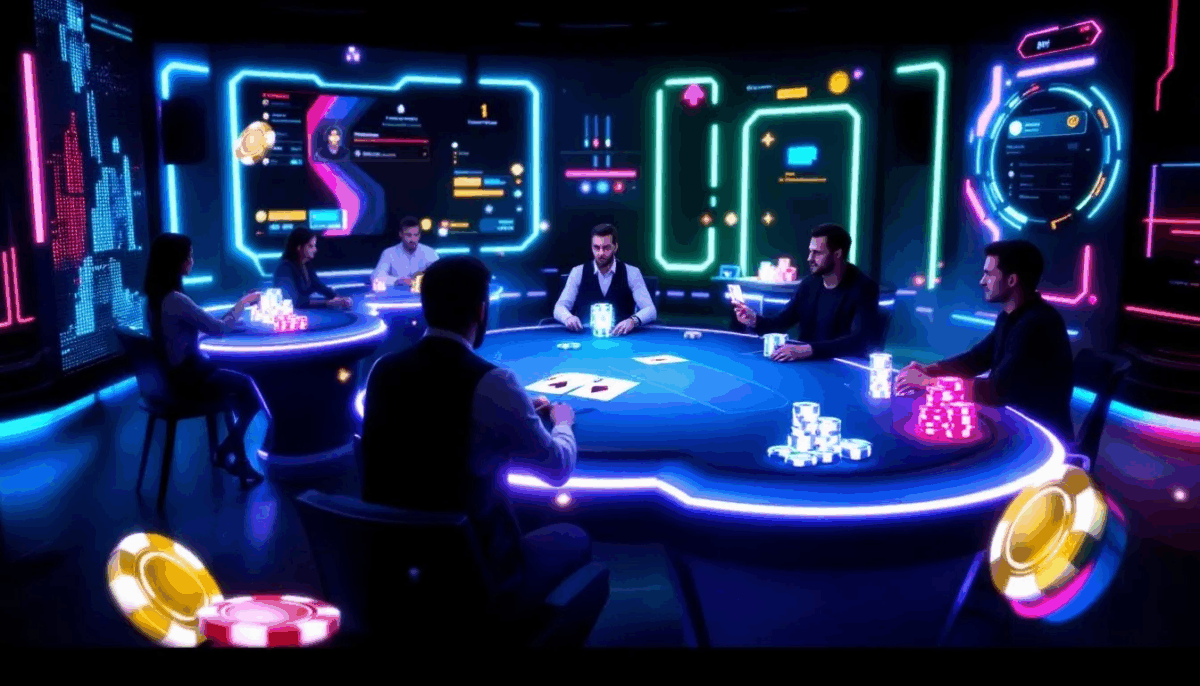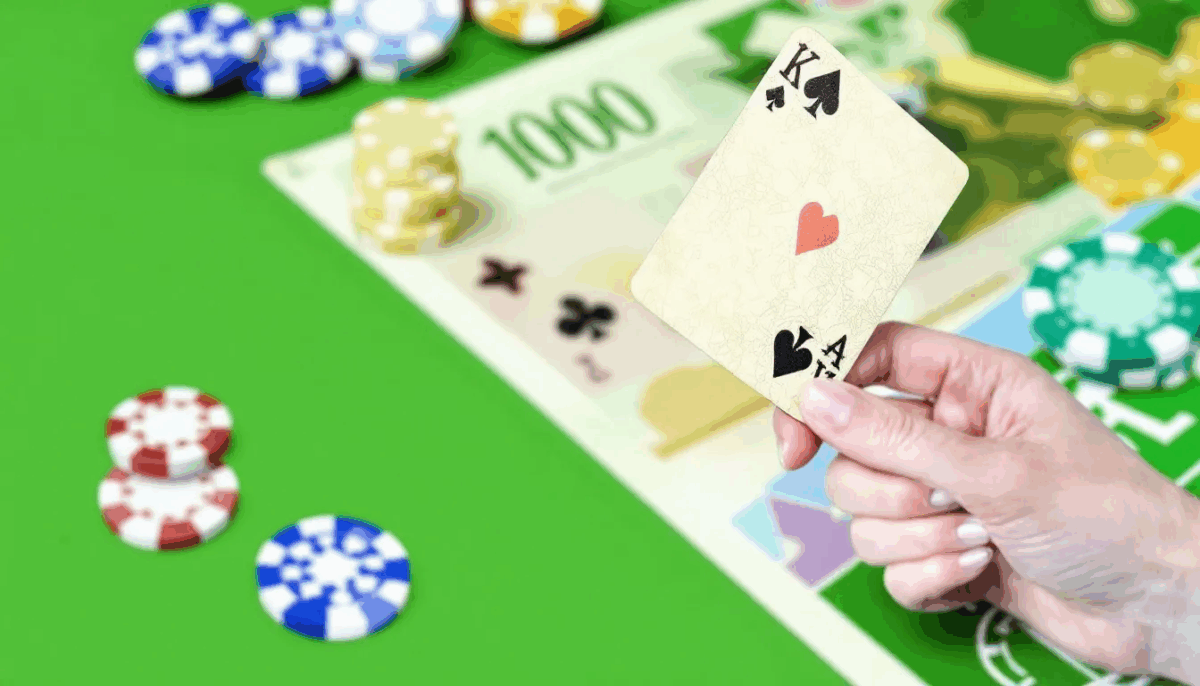Introduction
If you’ve been paying attention to the world of cryptocurrencies and blockchain, you’ve likely heard about non-fungible tokens, or NFTs. These unique digital assets have taken the art world, collectibles market, and virtual goods space by storm. But what exactly is an NFT? In this article, we will explore the concept of NFTs, their use cases, and how they work.
What is an NFT?
NFT is a an acronym for Non Fungible Token. An NFT is a unique and indivisible digital asset that represents ownership of a specific item or piece of content. Unlike cryptocurrencies like Bitcoin and Ethereum, which are fungible and can be exchanged for one another, NFTs are one-of-a-kind and cannot be exchanged on a one-to-one basis.
Blockchain Technology
NFTs are built on blockchain technology, which is a decentralized digital ledger that records transactions in a secure and transparent manner. The most popular blockchain for NFTs is Ethereum, although other blockchains like Binance Smart Chain and Flow have also started to support NFTs.
Cryptographic tokens
NFTs are cryptographic tokens that use the same principles as cryptocurrencies to ensure their uniqueness and ownership. They contain metadata that defines their attributes and properties, and they are stored on a blockchain to verify their authenticity and provenance.
Types of NFTs
NFTs can take the form of a wide variety of different things. Essentially it is a token represents ownership. This can range from art and collectibles, to NFTs with more utility, such as gaming assets and perks, and memberships to exclusive societies and clubs. Some of the most popular NFT collections focus on:
Art
One of the most popular use cases for NFTs is digital art. Artists can create unique digital artworks and tokenize them as NFTs, allowing collectors to own and trade these one-of-a-kind pieces.
Collectibles
NFTs have also found a place in the world of collectibles, with digital trading cards and other virtual items becoming popular among collectors. Examples include CryptoKitties, NBA Top Shot, and the Bored Ape Yacht Club.
Virtual goods
Virtual goods, such as in-game items, skins, and avatars, can be tokenized as NFTs and traded or sold on various platforms. This allows gamers to truly own their virtual possessions and even monetize them.
Domain Names
NFTs can also represent ownership of digital real estate, like domain names and virtual land. Decentraland and The Sandbox are examples of virtual worlds where users can buy, sell, and trade virtual land as NFTs.
How NFTs work
NFTs can be created by anyone using various tools and platforms. Some of the most popular NFT collections such as Bored Ape Yacht Club and Crypto Punks utilize generative art to produce 1,000s of variations of artwork.
Once created, NFTs can be sold or auctioned on platforms such as OpenSea.
Creating NFTs
To create an NFT, an artist or creator needs to “mint” their digital asset using a platform that supports the creation and sale of NFTs. This process involves uploading the digital asset, defining its attributes, and setting any applicable royalties or fees.
Buying and Selling
NFTs can be bought and sold on various online marketplaces that specialize in trading these unique assets. Buyers can browse through available NFTs, place bids, or purchase them outright. When an NFT is sold, the ownership information is updated on the blockchain to reflect the new owner.
Royalties
One of the appealing aspects of NFTs for creators is the ability to earn royalties on secondary sales. When an NFT is resold, a percentage of the sale price can be automatically paid to the original creator, providing them with ongoing revenue for their work.
Popular NFT Platforms
There are various NFT platforms available, with more being launched everyday. It’s important that you do your own research before deciding on a platform to use. Below are some of the most popular NFT platforms.
OpenSea is one of the largest and most popular NFT marketplaces, supporting a wide range of digital assets, including art, collectibles, virtual goods, and domain names.
Rarible is a user-friendly platform that allows creators to easily mint and sell their NFTs. The platform also features a native token, RARI, which can be earned through trading and creating NFTs.
SuperRare is a high-end NFT marketplace focused on digital art. It features a curated selection of artworks from established and emerging artists, offering collectors a more exclusive experience.
Why NFTs Matter
NFTs provide a way for creators and collectors to establish clear ownership and provenance for digital assets. With the blockchain, there’s an immutable record of each asset’s history, making it difficult to dispute authenticity or ownership.
Value of digital assets
As more people recognize the value of digital assets, NFTs provide a means to monetize these assets in a way that wasn’t previously possible. Artists, game developers, and other creators can now earn revenue from their digital creations through sales and royalties.
Royalties for Creators
As more people recognize the value of digital assets, NFTs provide a means to monetize these assets in a way that wasn’t previously possible. Artists, game developers, and other creators can now earn revenue from their digital creations through sales and royalties.
Criticism and Controversy
Environmental Impact
One of the criticisms leveled against NFTs is their environmental impact. The process of minting and trading NFTs on energy-intensive blockchains like Ethereum has raised concerns about the carbon footprint of these digital assets.
Fraud and plagiarism
As with any emerging market, NFTs have attracted bad actors looking to profit from fraud and plagiarism. Stolen artwork, counterfeit NFTs, and other scams have plagued the space, raising questions about the security and trustworthiness of some platforms.
Market volatility
The NFT market has experienced significant volatility, with some high-profile sales garnering headlines and driving up prices. Critics argue that the market is in a bubble, with valuations driven more by speculation than the inherent value of the digital assets.
The Future of NFTs
The nature of NFTs mean that the future of Non Fungible Tokens could take many forms. By adding different utility to the tokens, NFTS could be used for a wide variety of purposes. Some of the likely future growth of NFTs include:
Integration with virtual reality (VR)
As virtual reality technology advances, it’s likely that NFTs will play a significant role in these digital spaces. Virtual goods, digital art, and even virtual real estate could all become more valuable as users spend more time in virtual worlds.
Evolving legal landscape
As NFTs gain mainstream attention, the legal landscape around them will need to adapt. Issues such as intellectual property rights, taxation, and regulation will all be important factors in shaping the future of NFTs.
Mainstream adoption
The future success of NFTs will depend on their ability to achieve mainstream adoption. As more people become familiar with the concept and see the value in owning unique digital assets, the market for NFTs could continue to grow.
Conclusion
NFTs have captured the imagination of the art world, gaming industry, and beyond. As a unique way to represent ownership and provenance of digital assets, they have the potential to revolutionize the way we value and trade digital content. Despite the controversies and challenges that surround NFTs, their future looks promising as technology and legal frameworks evolve to support this new digital frontier.
FAQs
What is a non-fungible token (NFT)?
A non-fungible token (NFT) is a unique and indivisible digital asset that represents ownership of a specific item or piece of content. They are built on blockchain technology and cannot be exchanged on a one-to-one basis like cryptocurrencies.
What are some popular use cases for NFTs?
Popular use cases for NFTs include digital art, collectibles, virtual goods, and domain names.
How do you create and sell an NFT?
To create an NFT, you need to “mint” your digital asset using a platform that supports NFT creation and sales. Once your NFT is minted, you can list it for sale on an NFT marketplace.
What are some concerns about NFTs?
Concerns about NFTs include their environmental impact, the potential for fraud and plagiarism, and market volatility.
What might the future hold for NFTs?
The future of NFTs could involve greater integration with virtual reality, an evolving legal landscape, and mainstream adoption as more people recognize the value of unique digital assets.
